Are you tired of relying on store-bought herbs with uncertain origins and limited freshness? Growing your own culinary herbs is not only a delightful hobby but also a practical way to enhance your cooking with fresh, aromatic flavors.
In this article, we’ll guide you through seven essential steps to create and maintain a vibrant herb garden, whether you have a sprawling backyard or a cozy windowsill. Get ready to elevate your culinary creations with homegrown freshness!
Table of Contents
Key Takeaways
- Choosing a sunny location with at least 6 hours of direct sunlight is crucial for a thriving herb garden.
- Proper soil preparation is key to the success of your herbs, ensuring they have the right nutrients and drainage.
- Selecting the right herbs based on your culinary preferences and climate will lead to a more rewarding gardening experience.
- Regular care, including watering, weeding, and pruning, will keep your herb garden healthy and productive.
- Learning the best techniques for harvesting and preserving your herbs will allow you to enjoy their flavors year-round.
1. Selecting the Ideal Location for Your Own Fresh and Flavorful Culinary Herbs
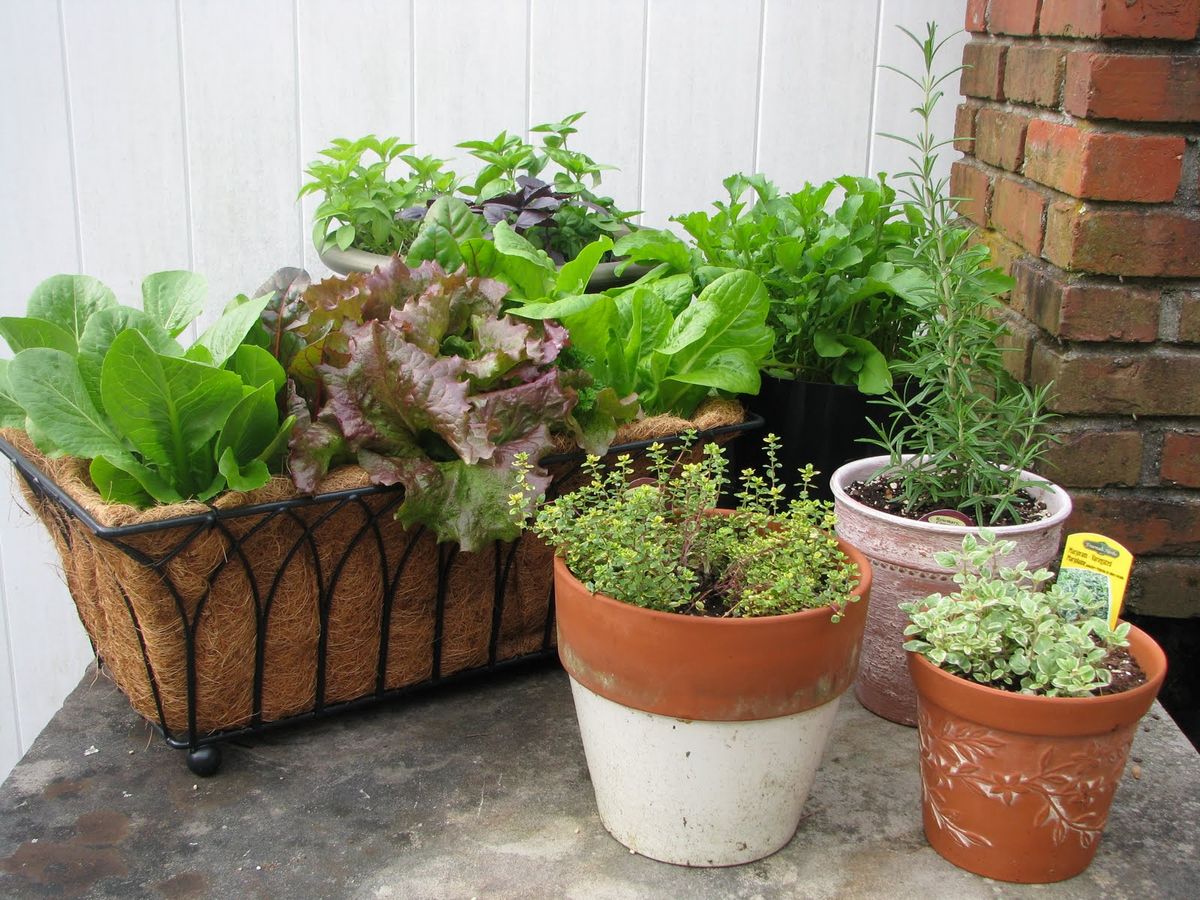
Finding the perfect spot for your herb garden is crucial for cultivating fresh and flavorful herbs. Most medicinal herbs will grow well together, considering factors such as which herbs attract pollinators and which repel pests. The location should provide ample sunlight, as herbs thrive in well-lit environments.
When designing your herb garden layout, remember that it’s not just about the herbs’ flavors but also about creating a functional and beautiful space. Whether you’re setting up a windowsill herb garden or utilizing a small yard, the right location can make all the difference.
Ensure your containers have proper drainage and use a quality potting mix to promote healthy root growth and prevent waterlogged soil.
Here are some tips for selecting the ideal location:
- Assess the sunlight exposure; most herbs require at least 6 hours of direct sunlight.
- Consider accessibility for watering and harvesting.
- Check for wind protection to prevent your herbs from being damaged.
- By climate, choose herbs that are well-suited to your local conditions.
2. Preparing the Soil for Culinary Herbs
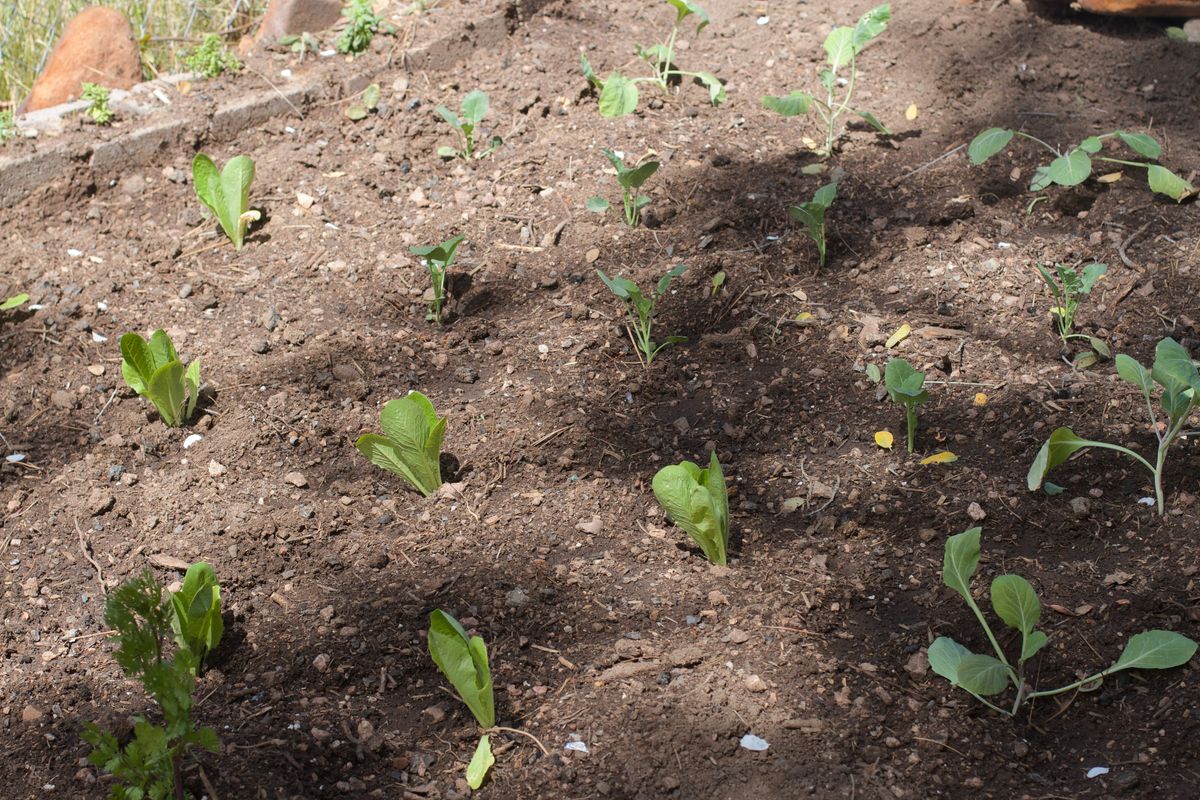
Before planting your culinary herbs, it’s crucial to prepare the soil adequately. Herbs thrive in well-draining soil that’s rich in organic matter. Aim for a pH that is slightly acidic to neutral. If you’re dealing with heavy or nutrient-poor soil, it’s essential to amend it. Incorporate compost, leaf mold, or well-rotted manure to enhance the soil’s quality and fertility.
To build good soil, consider these natural methods:
- Boost nutrients with homemade compost, which is cost-effective and eco-friendly.
- Employ mulching techniques to retain moisture and improve soil structure.
- Convert invasive weeds into a free source of fertilizer.
- Establish a worm bin or try trench composting for efficient waste breakdown.
Remember, the foundation of a successful herb garden lies in the health of the soil. Take the time to enrich it, and your herbs will reward you with robust growth and vibrant flavors.
For container gardening, select pots with adequate drainage and depth to accommodate root development. Use a quality potting mix that ensures good drainage and nutrient availability, which is vital for container-grown herbs.
3. Choosing Your Herbs
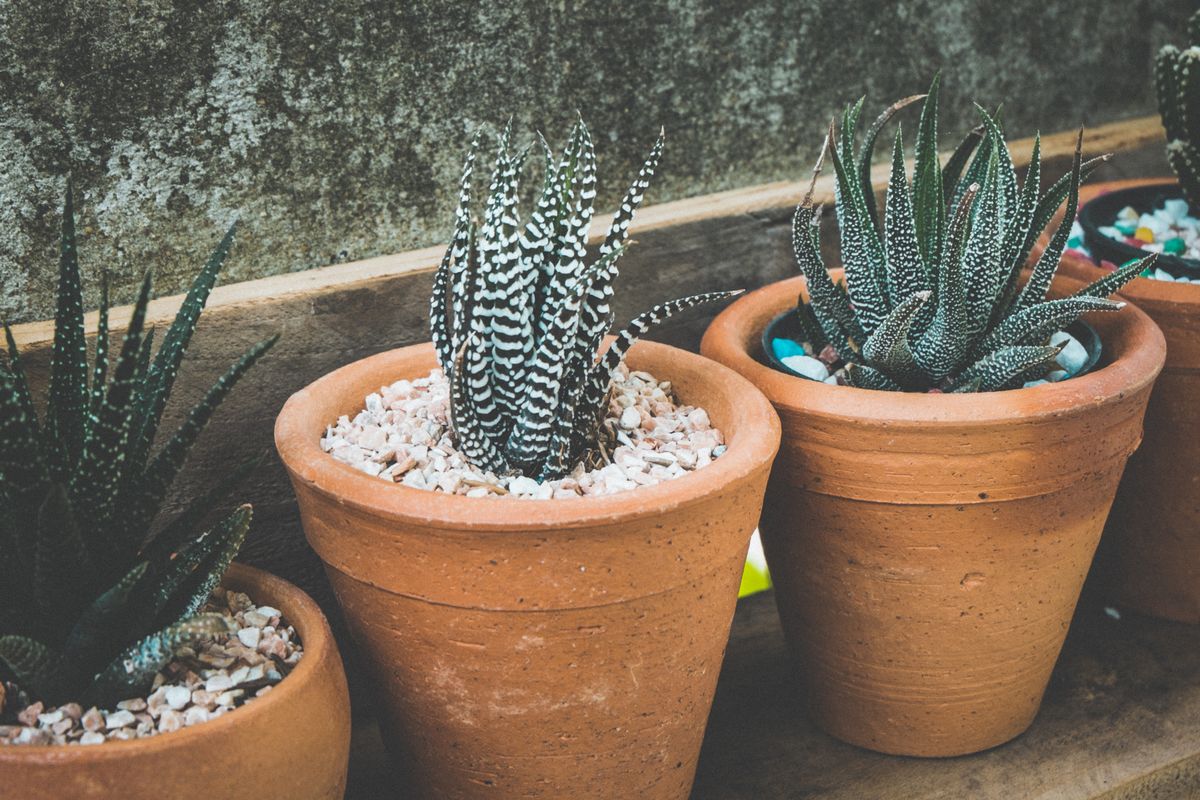
When embarking on the journey of growing your own culinary herbs, selecting the right varieties is paramount. Consider the herbs that you frequently use in your cooking and those that can add a unique flavor to your dishes. A well-rounded herb garden often includes basil, rosemary, thyme, parsley, mint, and chives, which are not only versatile but also relatively easy to grow.
Remember practicality when choosing your herbs. Some, like mint, can be quite invasive and are better suited to container planting to prevent them from overtaking your garden.
Here’s a list of popular herbs to consider for your kitchen garden:
- Basil
- Rosemary
- Thyme
- Parsley
- Mint
- Chives
- Oregano
- Dill
- Cilantro
- Sage
Each herb comes with its own set of growing requirements and culinary uses. For instance, basil is a staple in Italian cuisine, while cilantro is often used in Mexican dishes. Be mindful of the specific care each herb needs, from sunlight exposure to watering frequency, to ensure a bountiful harvest.
4. Planting Your Herbs

Once you’ve selected your herbs and prepared the soil, it’s time to plant. Follow the specific planting instructions for each herb, as they can have different requirements for planting depths and spacing. Here’s a simple guide to get you started:
- Ensure the planting area receives 6-8 hours of sunlight daily.
- Use containers with drainage holes to prevent waterlogging.
- Plant invasive herbs like mint in separate pots to control growth.
- Water thoroughly after planting, then allow the soil to dry out between watering sessions.
Remember to label your herbs clearly, especially if they look similar. This will help you avoid confusion as they grow and when it’s time to harvest.
Regular watering is crucial, but be mindful not to overwater. Overwatering can lead to root rot and other issues. Strike a balance to keep your herbs healthy and thriving.
5. Caring for Your Herb Garden
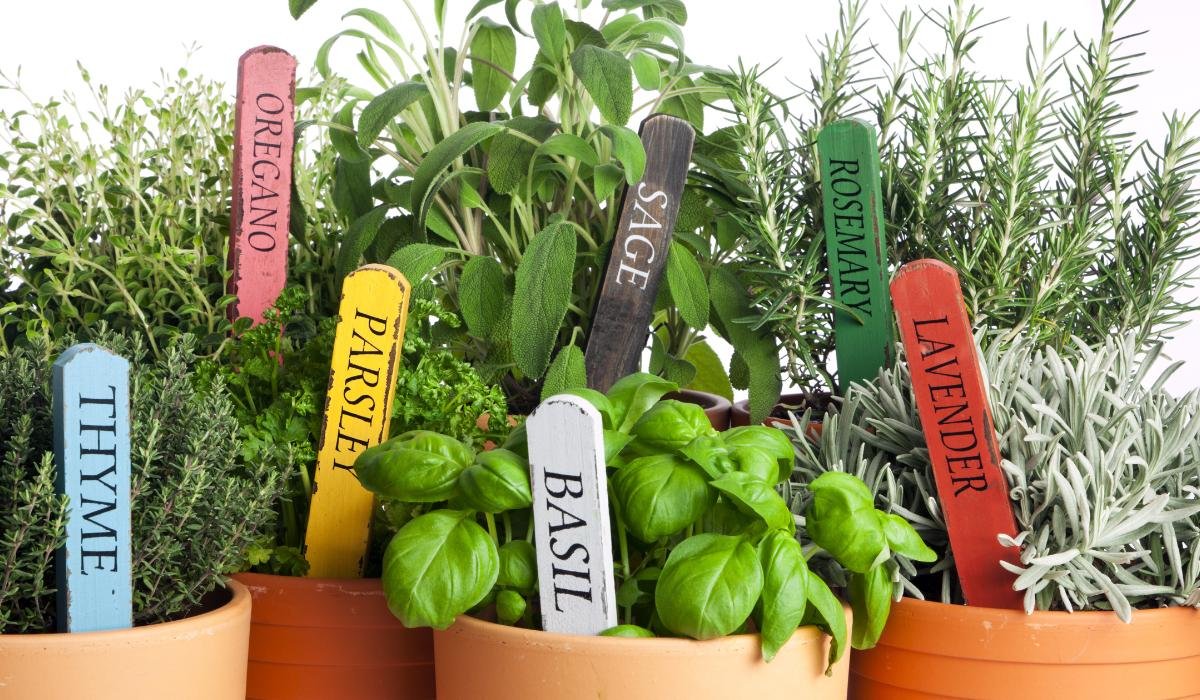
Caring for your herb garden is a dynamic process that requires attention and adaptation. Stay observant and adapt to the changing needs of your herbs. Look out for signs of pests, nutrient deficiencies, or diseases, and be ready to adjust your care routine accordingly. Gardening is a journey of continuous learning, and each herb may have its unique requirements for optimal growth.
Watering is crucial, but balance is key. Avoid overwatering to prevent root rot, and let the top inch of soil dry out before the next watering. Support your herbs with a balanced, water-soluble fertilizer every four weeks during the growing season. Regular pruning encourages bushier plants and leads to a more bountiful harvest.
When caring for an outdoor garden, consider these additional steps:
- Mulch around the base of your herbs to maintain soil moisture and suppress weeds.
- Encourage natural predators like ladybugs and lacewings for pest control. If necessary, opt for organic solutions such as insecticidal soap or neem oil.
- Mindful placement of containers is essential, especially for herbs like mint, which can be invasive. Ensure they receive adequate sunlight and water them more frequently than ground-planted herbs.
Remember to enjoy the fruits of your labor as your culinary herbs flourish, adding fresh flavors to your dishes.
6. Harvesting Your Herbs
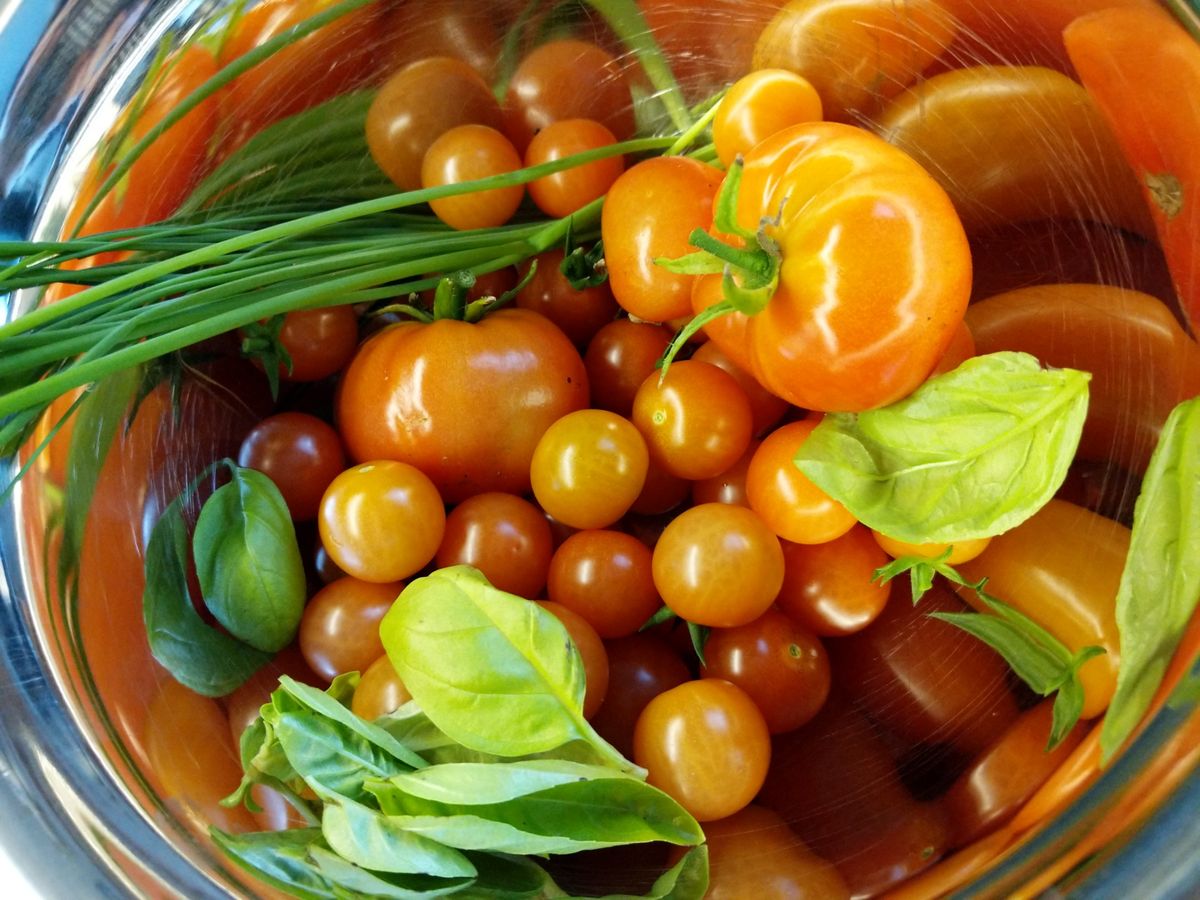
Harvesting your herbs is a rewarding experience that marks the culmination of your hard work. Harvest in the morning, when the essential oils that give herbs their flavor are most concentrated. Use sharp scissors or pruning shears to snip the herbs, ensuring a clean cut and minimal damage to the plant.
When harvesting, it’s crucial to understand the optimal harvesting period for each herb. Begin when the plants are sufficiently mature and have ample foliage. Always leave enough of the plant intact to promote regrowth. Overharvesting can stress the plants and reduce future yields.
To maximize the flavor of your herbs and encourage healthy plant growth, follow these simple guidelines:
- Harvest herbs just after the morning dew has evaporated.
- Prune no more than one-third of the plant at a time to foster bushy growth.
- Apply mulch around the base to maintain soil moisture and control weeds.
Remember, herbs generally don’t require heavy fertilization. A balanced, organic fertilizer should be used sparingly, as excessive nutrients can lead to less flavorful herbs.
7. Preserving and Storing Herbs
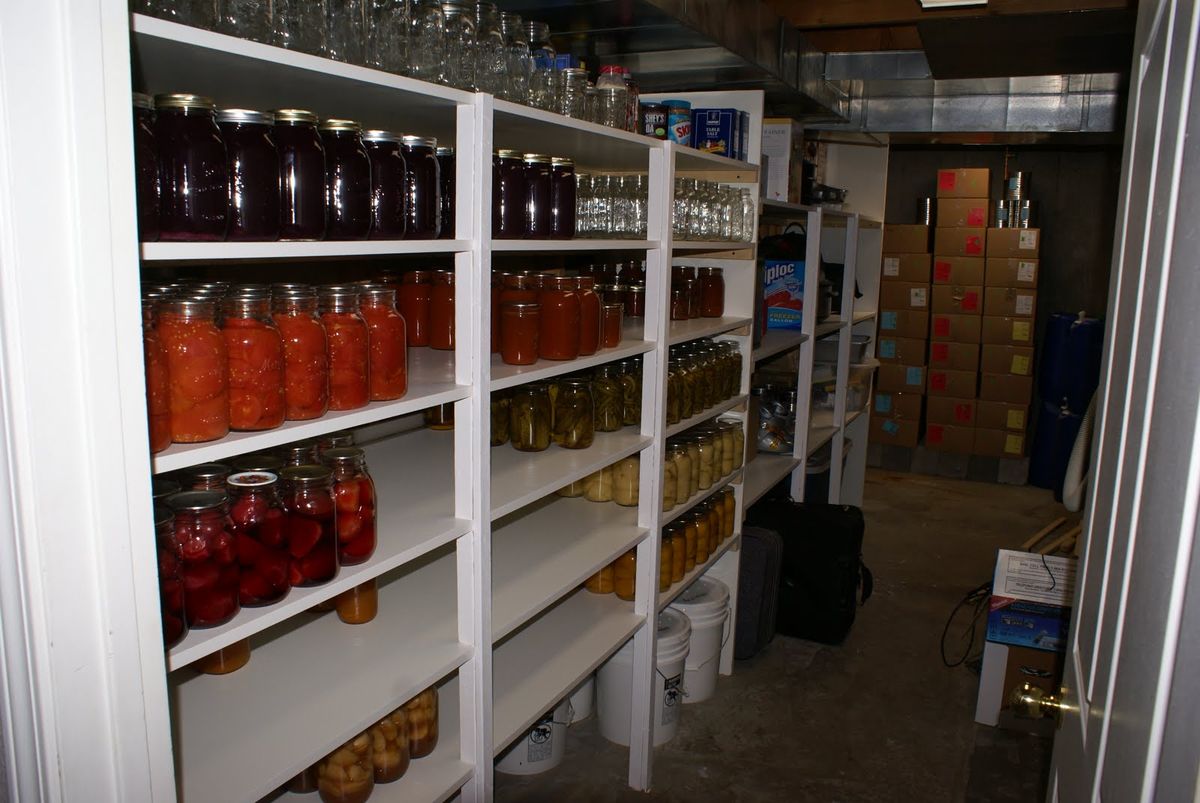
After you’ve nurtured your herb garden and enjoyed the fresh flavors, preserving your herbs ensures you can savor them for months to come. Proper storage is key to maintaining the vibrant flavors and aromas of your homegrown herbs. Treat herbs like fresh-cut flowers to make them last longer: use the bottom leaves first, trim off half an inch from the stem, and store them in a small jar of fresh water.
When it comes to drying herbs for long-term storage, air-drying by hanging or using a dehydrator are excellent methods. Ensure herbs are completely dry before sealing them in airtight containers to prevent mold and loss of potency.
Here are some simple steps to preserve your herbs:
- Harvest herbs in the morning when their oils are most potent.
- Prune carefully, never removing more than one-third of the plant.
- Use sharpened scissors or pruning shears for a clean cut.
Remember, the packaging of your herbs can also influence their longevity. Opt for airtight containers or bags, and avoid clear plastic which may lead to light and moisture damage.
5 Tips and Techniques for Growing Eggplant: From Seed to Plate
Cultivating Zucchini: Tips for a Successful and Abundant Harvest
Step-by-Step to Growing Bell Peppers in Your Garden
Mastering the Art of Growing Carrots: Tips for a Bountiful Harvest



Thanks, this way I will put it in the kitchen, it will be beautiful